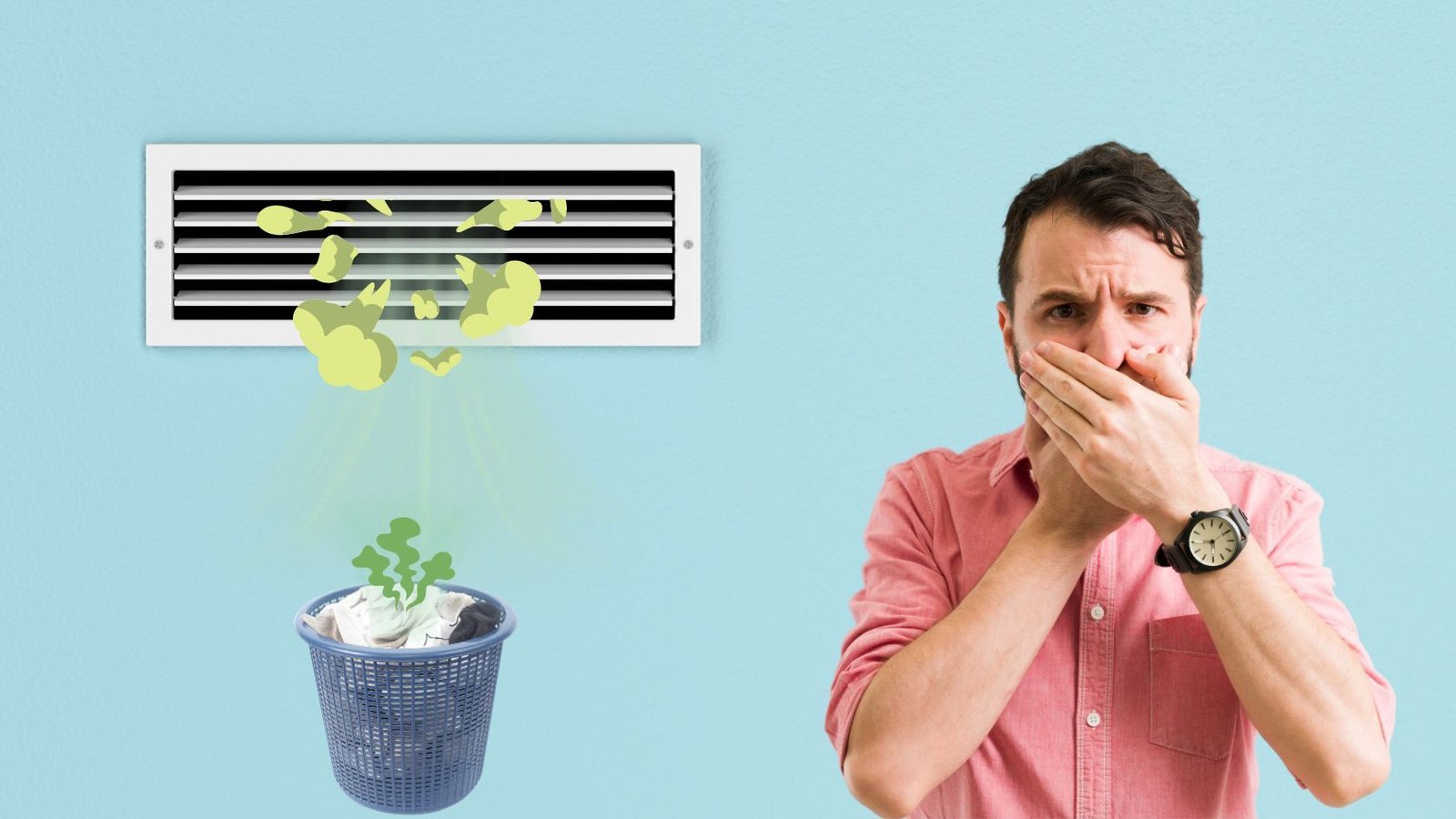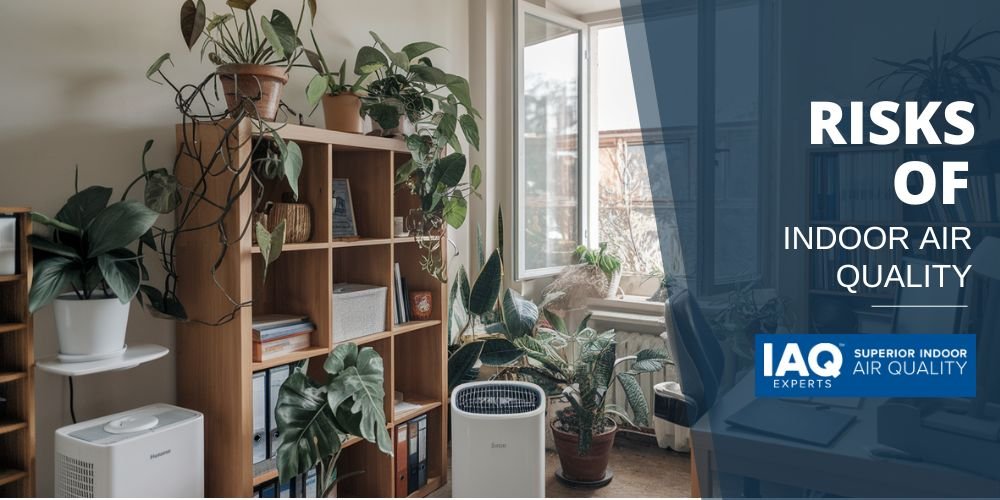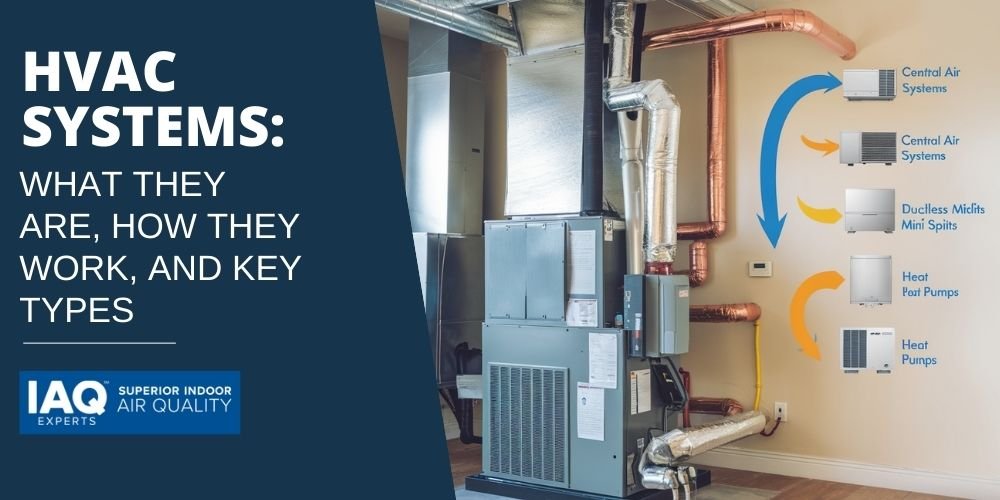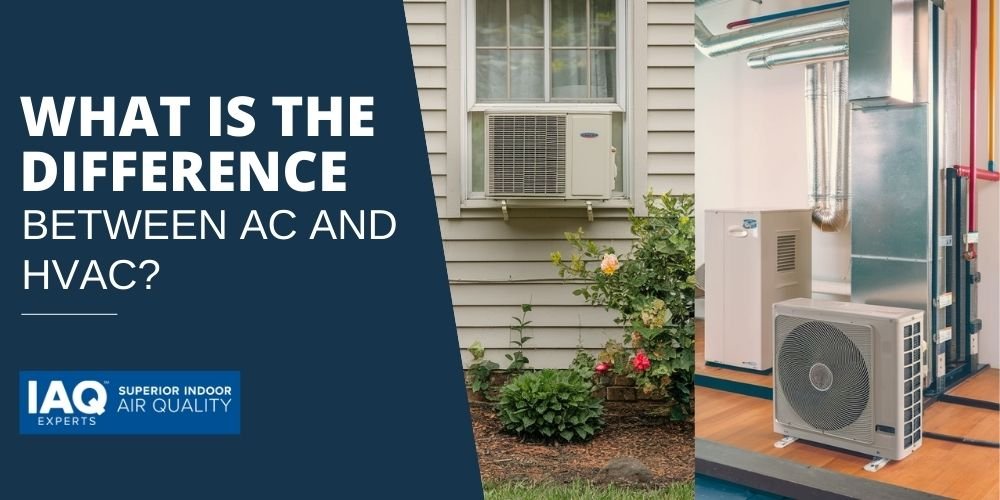Dirty Sock Syndrome (DSS) has infested our indoor environment, corrupting the purity of our breathable air with a noxious smell reminiscent of dirty socks where the AC smells like feet. Manifesting as a putrid odor terrorizing homes, day in and day out, Dirty Sock Syndrome has become a severe problem. This epidemic is primarily impacting air conditioning units. Through this guide, you’ll learn not only about Dirty Sock Syndrome but also its cause, symptoms, and, more importantly, what you can do to create an indoor environment that smells fresher and healthier.
What is Dirty Sock Syndrome?
Dirty Sock Syndrome is a complex confluence of microbial growth within the coils of air conditioning units. A triple whammy of moisture, organic matter, and dust fuels this microbial growth. Together, these things lead to an odor that has been compared to the smell of the wrong, cheesy, dirty socks.
Understanding the science behind this syndrome is key to understanding its impact on indoor air quality.
Symptoms of Dirty Sock Syndrome
The complications of Dirty Sock Syndrome are multifaceted and extend beyond the mere olfactory nuisance it is most known for. Negative health side effects range from mild, such as nausea and headaches, to more severe, such as respiratory concerns. Identifying these symptoms in conjunction with a persistent foul odor coming from an HVAC unit in your space is reason enough to seek treatment for DSS and clean the coiling and airflow system to ensure that the space remains healthy for occupants.
Causes of Dirty Sock Syndrome
Further investigation of the multifaceted causes of Dirty Sock Syndrome reveals how susceptible HVAC systems are to microbial infestations. Dirty Sock Syndrome is caused by insufficient ventilation, unpredictable humidity levels, and improper maintenance, which produce conditions ripe for growing microorganisms. Knowing what causes Dirty Sock Syndrome and other diseases like it is imperative in forming effective ways to prevent it.
How to Fix Dirty Sock Syndrome
Dirty Sock Syndrome AC Maintenance: Your first line of defense is the rigorous maintenance of your HVAC system. A consistent maintenance regimen not only extends the life of your system but also maintains its efficiency, thereby eliminating existing microbial growth and preventing its recurrence. In addition to regular coil cleaning and filter replacement, technicians should inspect your system for signs of microbial growth in the air handler, drain pan, and ductwork.
Employ Advanced Solutions: Complement your defense against DSS with advanced technologies. UV light treatment effectively eradicates microbial colonies, as it neutralizes microbial DNA. Antimicrobial coatings on coils mitigate the growth of fungi, mold, and bacteria. Air purification systems eliminate unwanted odors, trap allergens, and reduce the airborne particulates on which the bacteria feed.
Do not let bacterial buildup in your HVAC system lead to harmful DSS and other infections. To start proactively preventing dependencies on medical care, contact the microbial control experts in your area to schedule your initial service.
Prevention Strategies
You don’t have to suffer the mother of all bad smells! The professionals can help you launch a pre-emptive strike against dirty sock syndrome. You can fortify your fortress to repel the invaders through proactive prevention strategies, which include:
- Maintain Optimal Humidity: Vigilantly controlling indoor humidity levels discourages microbial proliferation, and professionals can help maintain a comfortable and healthy environment.
- Regular Inspections: Stay one step ahead of the musty sock odor with routine inspections, which address potential issues before bacteria and mold become a more significant problem and compromise your indoor air quality.
- Ventilation Improvement: Enhance your defense against microbial growth by improving ventilation to maintain unobstructed airflow and stop the air stagnation inside the HVAC system.
- Duct cleaning: Schedule regular professional duct cleaning to remove accumulated dust, debris, mold, and other contaminants. This helps prevent the buildup of organic matter that can contribute to dirty sock syndrome.
Conclusion: Addressing Dirty Sock Syndrome
In the quest to conquer Dirty Sock Syndrome, the fusion of proactive maintenance and creative solutions results in a fresh and odor-free environment. Blend them, commit to cleanliness, and take a proactive approach to caring for your HVAC system. Your home will be a sanctuary filled with clean and healthy air! For additional information and individual help conquering DSS, contact IAQ Experts. Our seasoned HVAC system cleaning pros specialize in identifying and resolving the issue of “dirty sock syndrome” and ensuring that it does not recur. Contact us to schedule an appointment and enjoy the magic and power of breathing freshness, cleanliness, and fragrance into your indoor air quality.




